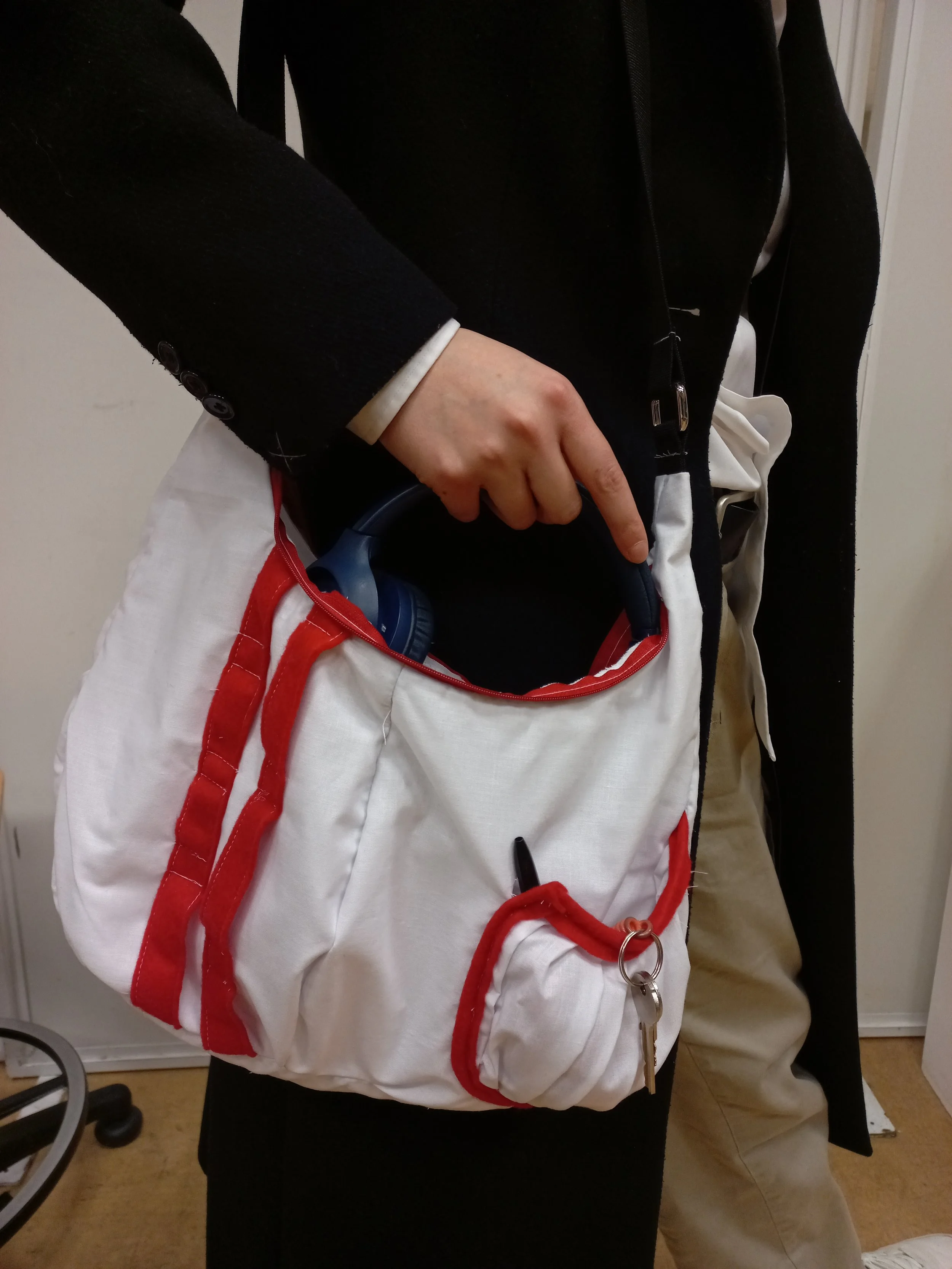Stories and Connections
Hello my lovely reader!
Yes, yes you! Welcome to next week of Maria K. design journey and get comfortable for I am to share with you the story of the week past. Monday was as usual filled with Affinity and Solid Works. I’m sometimes wondering why they chose those names for the apps, because I’ve already heard people using Infinity for Affinity and isn’t it also funny to say that your Solid Works? Or is it just me who finds those two funny? That's quite possible…
But yeah, creating sketches, extruding the shapes and applying colours or materials depending on a project was what I did for those two. Might not sound that interesting but the satisfaction factor after creating the part exactly the way it appears on the sketch with all of its properties and materials applied is such a bliss.
Then Tuesday came with another Contemporary Design Culture lecture that was focused on storytelling. Because, what is a good story and why do we need it for design? Have you ever asked yourself that? Maybe you have some friends who can just paint a picture in front of your eyes simply by talking about the thing, or some that by showing you a simple sketch manage to engage you into the new developed world of their creation. Because even when some people (read: Stefan Sagmeister) argue that designers aren't storytellers, I’d like to argue that even if that is to be proven true, we are in a way providers of story material for the ones who use our designs. We are the people behind the curtain that pull the invisible strings of comfort, discomfort and human - object connections.
We all use different lenses to look at the world and therefore what we think of a certain design of movement can also deeply vary. Same objectives come to the stories we like to consume. Some people prefer fiction, some true, fact and research driven stories. And as designers we should take both perspectives into account when thinking of the story the users are going to build with the product created by us.
But storytelling is not only a tool used by the users further down the life of the product. It can be fairly important for the designers themselves to know how to tell a good story with their design. Introducing a new product to the market might need a bit of convincing and if you show only the finale without any context of use, user or process behind it, the average potential “customer” might just miss the point of your design. Let's look at the example of the scrub daddy sponge. Without context it looks just like a regular sponge with a bit more funny shape, but when looking at the product STORY, you can see the possible benefits of its use, you can see the dedication behind the creation. I would really recommend looking at the product pitch for it on Shark Tank. It just tells a clear story, with a bit of humour and clear connection to the daily life of a potential user. Design storytelling at its finest!
So yeah! Don't be afraid to plug in an imaginary character to your product, give it some context, bring it to life with a story. And share your story through your design as well. Open the book of your life for others to read, play them your soundtrack and make them immersed in the world of your design, in your creative brain, make them live in a world of your imagination.
But coming back to the actual events of the week, it's sometimes hard to connect all that's going around. Working in the studio, submitting projects, spending time with friends, keeping in touch with family and attending any other meetings can be challenging, especially when one tries to achieve as high and satisfying a result in all of them as they can (I might be falling into that stereotype). This week especially, while trying to navigate two final project submissions and meetings with some of my friends I also had a meeting with a mentor from a J&J WiSTEM2D programme.
It was an interesting experience to finally meet a person that's supposed to provide me with support regarding my further career path. We discussed the stage I'm currently at, the possibilities for work as a designer in a medical devices field and what possible connections I could make at this stage that could set me for my future career. It is interesting that by knowing the right people you can (while obviously putting enough effort as well) put your foot in the door and open an entirely new room full of possibilities for yourself. Connections bring possibilities that might have not been within a reach when previously trying to work towards them alone.
Another thing, I was finally able to finish my sewing project and produce a feasible product (bag) of my own design. Yaay! Coming with that was however another designer problem of the day/week: when you work on such an enjoyable project that after finishing yours you want to work on it more by helping others and by proxy neglecting other things you should be doing.
And with that thought I think I'll finish my weekly designer rant.
Love,
The one and only Maria

